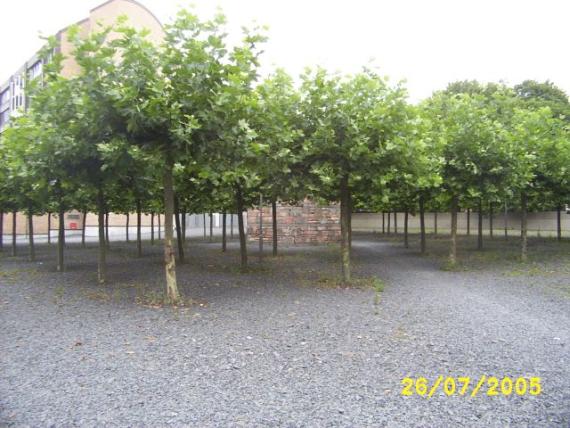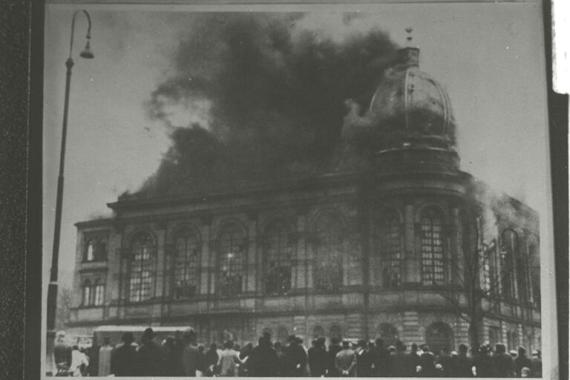Börneplatz 16-18
60311 Frankfurt am Main
Germany
After the inauguration of the liberal main synagogue (Börnestraße) in 1860 with organ, mixed choir singing, etc., the Israelite Religious Society separated from the main congregation and shortly thereafter built its own synagogue in Schützenstraße. For those congregation members of the main congregation who were Conservative in character but did not want to become members of the Israelite Religious Society, a separate synagogue was established with traditional-style services, initially in temporary rooms in the Kompostellhof. In 1878, the synagogue received its own community rabbi in the Orthodox-minded Dr. Markus Horovitz. With his successful effectiveness, the number of congregation members professing the Orthodox direction within the main congregation grew.
The construction of a new synagogue very quickly proved to be urgently needed. Such a synagogue could be consecrated by Rabbi Dr. Horovitz on September 10, 1882 at the former "Judenmarkt" (since 1885 Börneplatz) on the site of the former Jewish hospital for foreigners. For the next decades, it was one of the four large synagogues that characterized Frankfurt's cityscape until the Nazi era. The synagogue at Börneplatz - it was also called "New Community Synagogue" - had been built according to the plans of Siegfried Kusnitzky in an Italian Renaissance style and initially had 520 seats for men and - in the gallery - 260 seats for women.
Less than 20 years after its inauguration, the synagogue no longer offered sufficient space for the further increase in the number of congregation members. In 1901 it was rebuilt and enlarged. After the reconstruction it had 1,200 seats. The solemn rededication was on September 8, 1901, again by Rabbi Dr. Horovitz. In 1904, the synagogue choir of the "New Community Synagogue" was able to celebrate its 25th anniversary (see report below).
In September 1932, the 50th anniversary of the synagogue at Börneplatz could be celebrated.
During the November pogrom in 1938, the synagogue was destroyed by Nazis and demolished in the following months. The stones were used to build the wall of the main cemetery.











